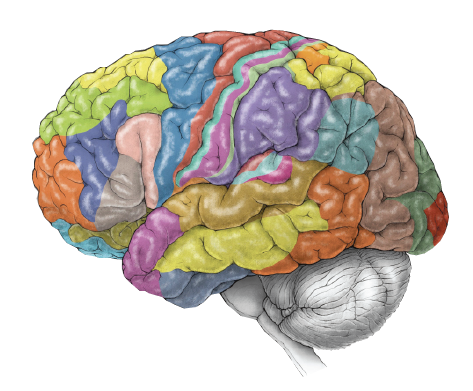The cerebral cortex is composed of billions of neurons connected by trillions of connections, which are organized into functionally and architecturally distinct areas. Neurons in different cortical areas have unique morphological, molecular and physiological properties that are thought to enable area-specific computations. While much work has been done in animal models to understand how neuronal diversity and connectivity contribute to cortical function, relatively little is known about the molecular mechanisms and functional consequences of cortical areal specification in humans. The central goal of our lab is to develop a cellular and circuit-level understanding of human cortical areas in health and disease.
Our lab works with two main experimental systems: 1) a human induced pluripotent stem cell (iPSC)-derived cerebral organoid model and 2) primary acute and organotypic slice cultures from adult patients. The organoid model provides a tractable system to study how early patterning of the dorsal forebrain alters the molecular and physiological properties of neurons, whereas primary tissue culture experiments allow us to interrogate how cortical areas differ from one another, and to compare healthy and disease states.
We are interested in neuronal diversity across all data modalities including molecular, morphologic and biophysical features. In particular, we have worked to develop tools to assess all of these properties within individual single cells (e.g. Patch-seq) and continue to apply Patch-seq in combination with scRNA-seq of dissociated cells and whole-cell and multi-whole-cell patch-clamp recordings to better understand the relationship between gene expression patterns and physiology.
Current Projects
1. Defining the role of retinoic acid in specifying the human prefrontal cortex.
2. Quantifying area-specific cell types and circuits in the human brain.
3. Identifying cellular and circuit-level alterations that contribute to human disease.
4. Developing new tools for multimodal analysis of single cells.
